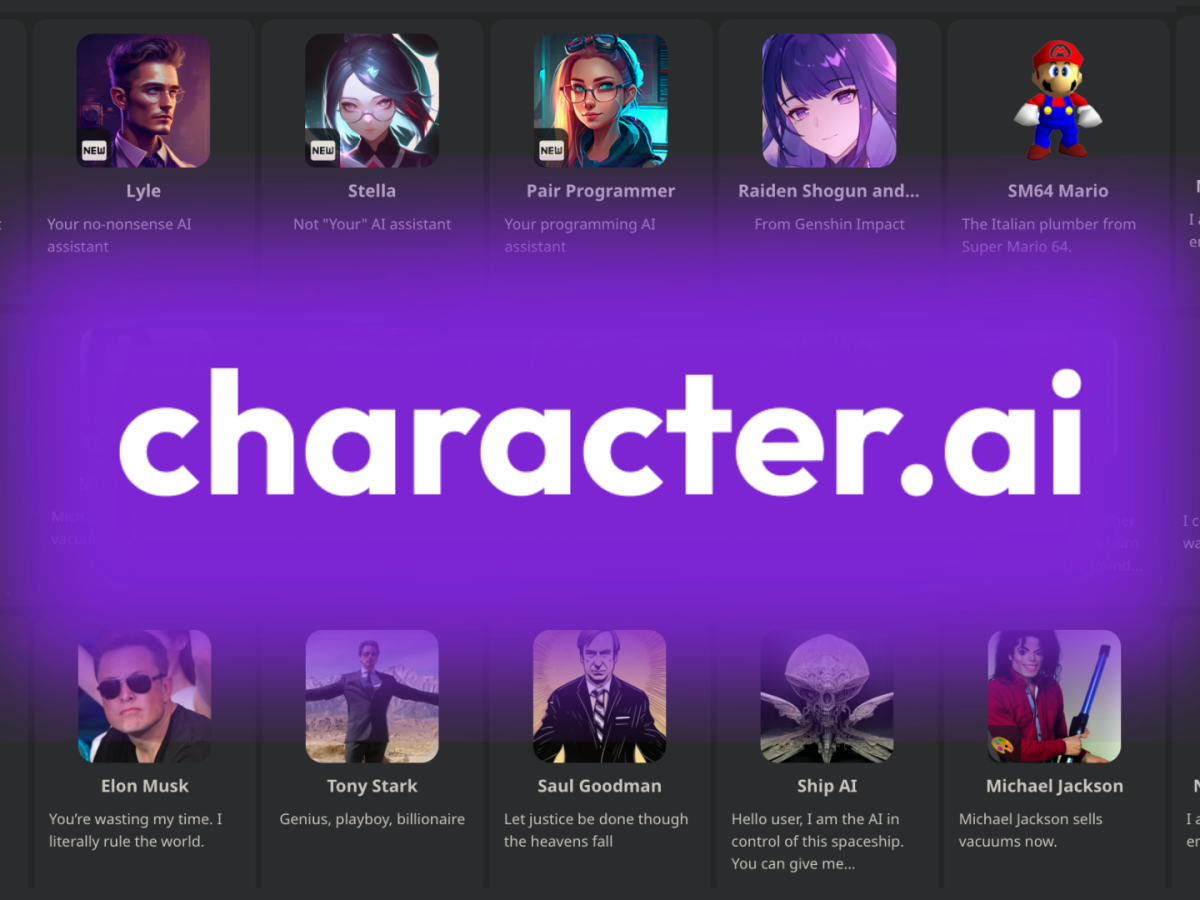Character AI
Character AI refers to the use of artificial intelligence to create and manage digital characters that exhibit human-like traits and behaviors. These characters can range from virtual assistants and chatbots to characters in video games and interactive media. Character AI integrates machine learning, natural language processing (NLP), and other AI technologies to provide realistic and interactive experiences.
Techno solution

1. Introduction
Character AI is transforming how digital characters are created, interacted with, and utilized across various digital platforms. By leveraging artificial intelligence, these tools enable the creation of more dynamic, responsive, and engaging characters for entertainment, customer service, and educational applications. This article explores the concept of Character AI, its functionalities, and its impact on various industries.
2. What is Character AI?
Character AI refers to the use of artificial intelligence to create and manage digital characters that exhibit human-like traits and behaviors. These characters can range from virtual assistants and chatbots to characters in video games and interactive media. Character AI integrates machine learning, natural language processing (NLP), and other AI technologies to provide realistic and interactive experiences.
3. How Character AI Works
Character AI operates through several key processes:
- Data Input: Users provide input data such as text prompts, user interactions, or character design elements.
- AI Modeling: The AI algorithms process the input using machine learning models trained on large datasets to understand and generate human-like responses or actions.
- Interaction Management: The AI manages interactions with users or other elements in the digital environment, adapting responses based on context and user behavior.
- Output Generation: The character generates responses, actions, or visual outputs that reflect its programmed personality and behavior.
These processes enable the creation of characters that can engage in meaningful interactions and adapt to various scenarios.
4. Key Features of Character AI
- Natural Language Processing (NLP): Enables characters to understand and generate human-like text responses.
- Behavioral Simulation: Simulates realistic behaviors and reactions based on user interactions and environmental factors.
- Customization: Allows users to tailor characters' personalities, appearance, and behaviors to specific needs and contexts.
- Real-Time Interaction: Facilitates dynamic and responsive interactions with users in real-time.
5. Popular Character AI Tools and Platforms
- Replika: An AI chatbot designed to engage users in personalized conversations and provide emotional support. Replika
- Character.ai: A platform that enables the creation and interaction with AI-powered characters for various applications. Character.ai
- GPT-4 by OpenAI: A language model capable of generating human-like text, often used to power interactive characters and chatbots. OpenAI GPT-4
- Botpress: An open-source platform for building and managing conversational AI applications. Botpress
- Dialogflow: A Google-powered tool for creating conversational interfaces and virtual assistants. Dialogflow
6. Applications and Use Cases
- Customer Service: AI characters serve as virtual assistants and chatbots to handle customer inquiries and provide support.
- Entertainment: Create interactive characters for video games, virtual reality (VR), and augmented reality (AR) experiences.
- Education: Develop educational tools and tutors that provide interactive learning experiences.
- Marketing: Engage users with branded virtual characters and personalized interactions in marketing campaigns.
7. Challenges and Limitations
- Context Understanding: AI characters may struggle with understanding complex or nuanced contexts in conversations.
- Ethical Considerations: Issues related to privacy, data security, and the ethical use of AI in character interactions.
- Dependence on Data: The effectiveness of Character AI depends on the quality and scope of the training data used.
8. Future Trends in Character AI
- Enhanced Personalization: Future developments will focus on creating more personalized and context-aware character interactions.
- Integration with VR/AR: Combining Character AI with virtual and augmented reality technologies for immersive experiences.
- Improved Emotional Intelligence: Advances in AI will lead to characters with more nuanced emotional responses and understanding.
9. Conclusion
Character AI represents a significant advancement in the creation and interaction of digital characters, offering new possibilities for engagement and interaction across various fields. While there are challenges and ethical considerations to address, the future of Character AI promises exciting developments and innovations that will enhance user experiences and expand the potential applications of digital characters.
10. References
If you need more information or have specific questions, feel free to ask!